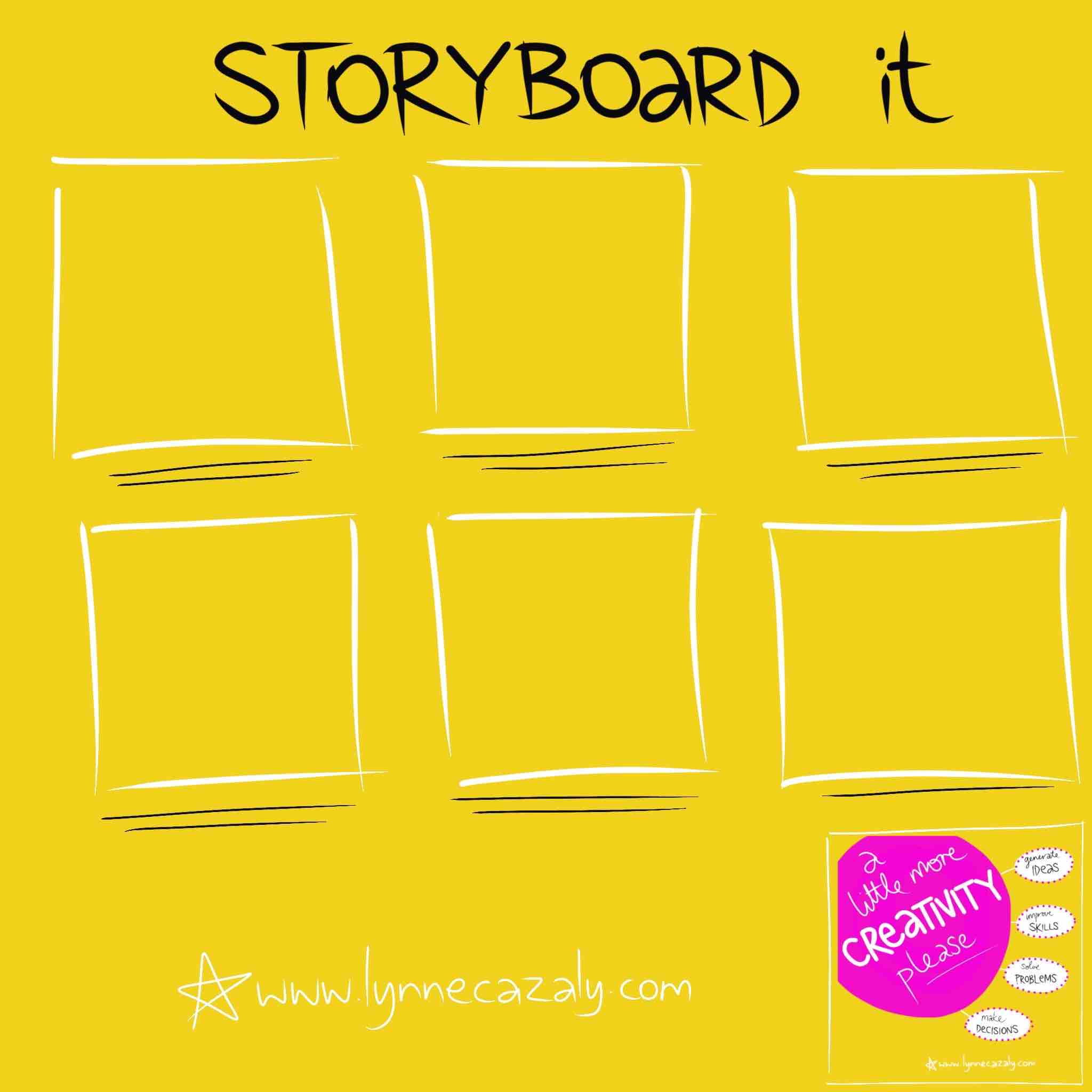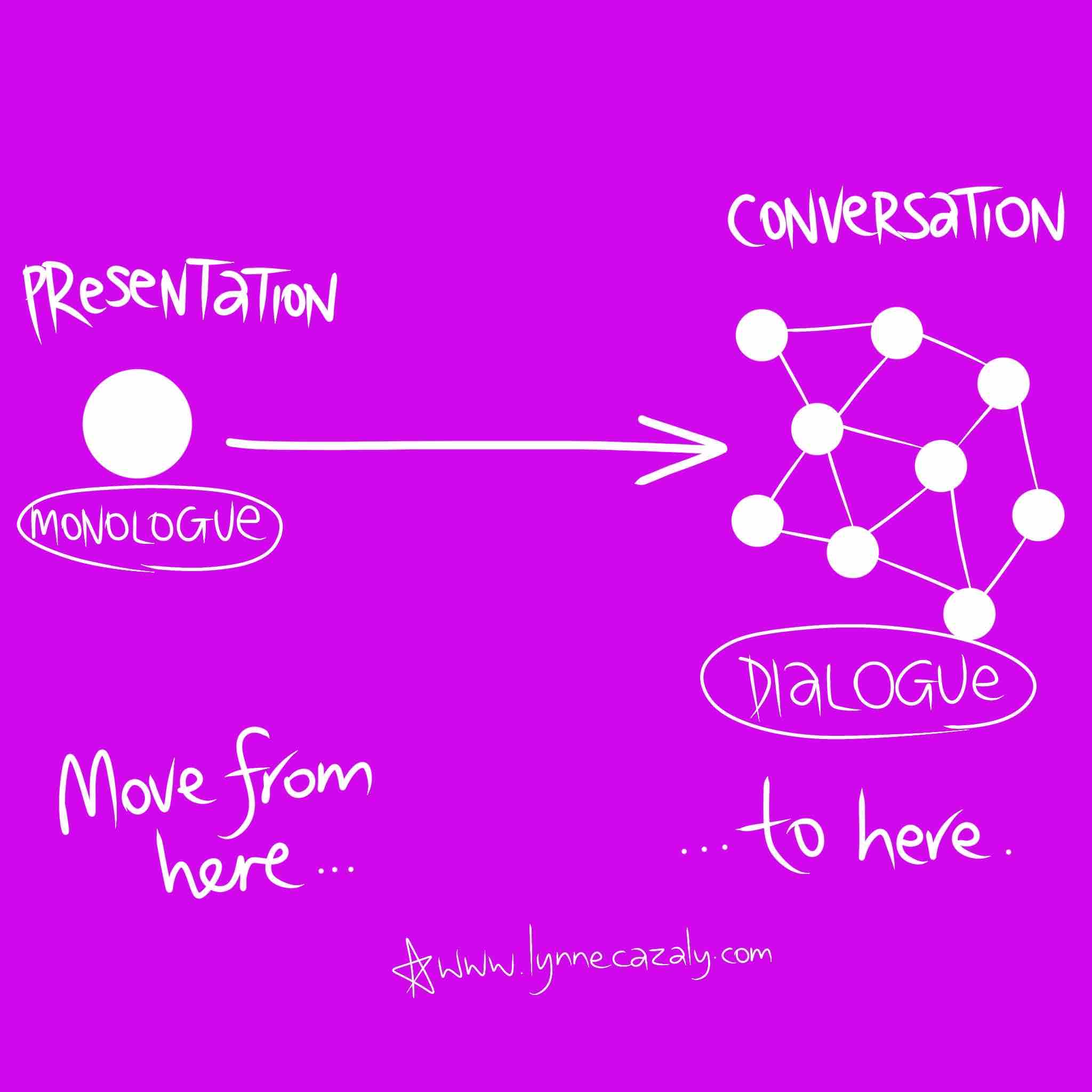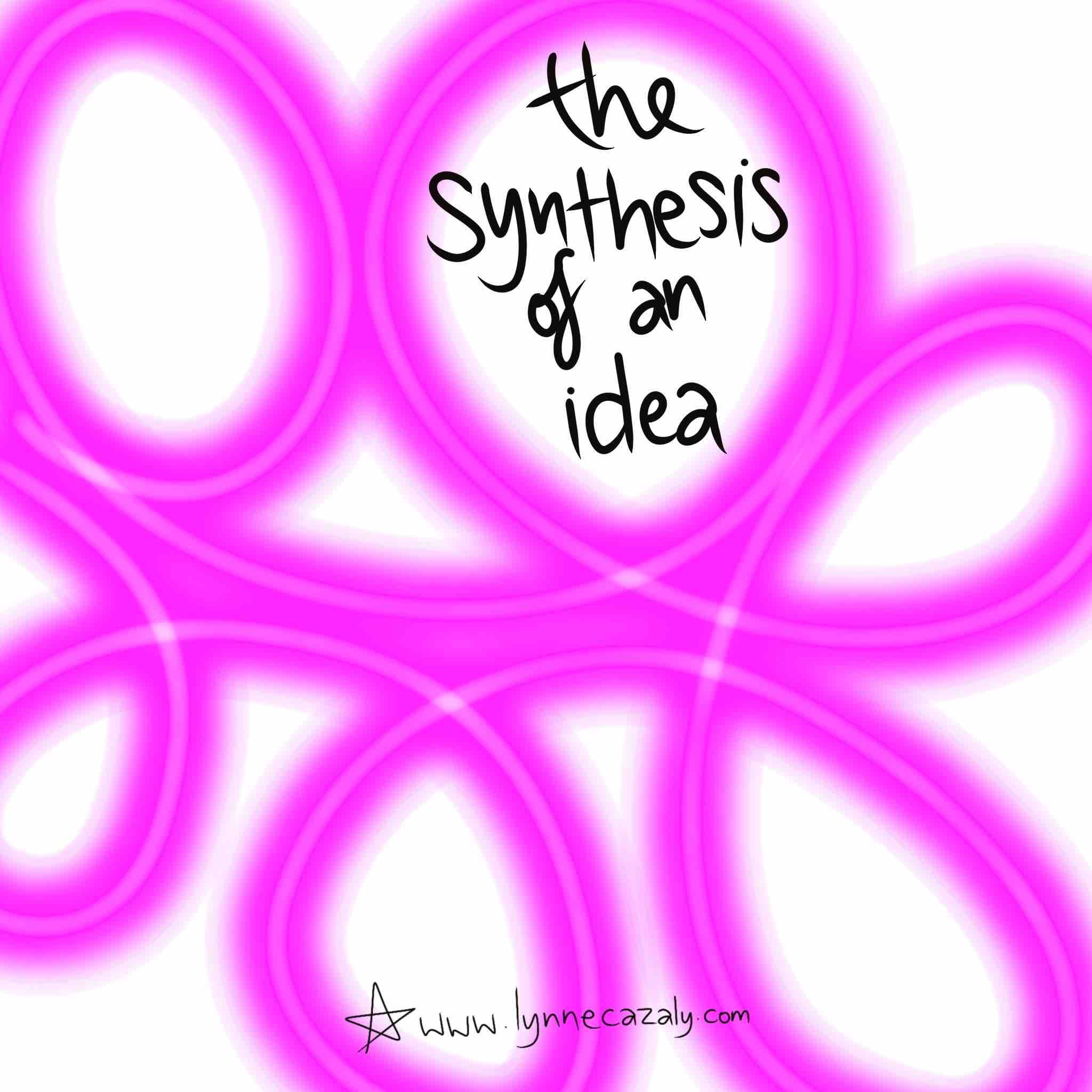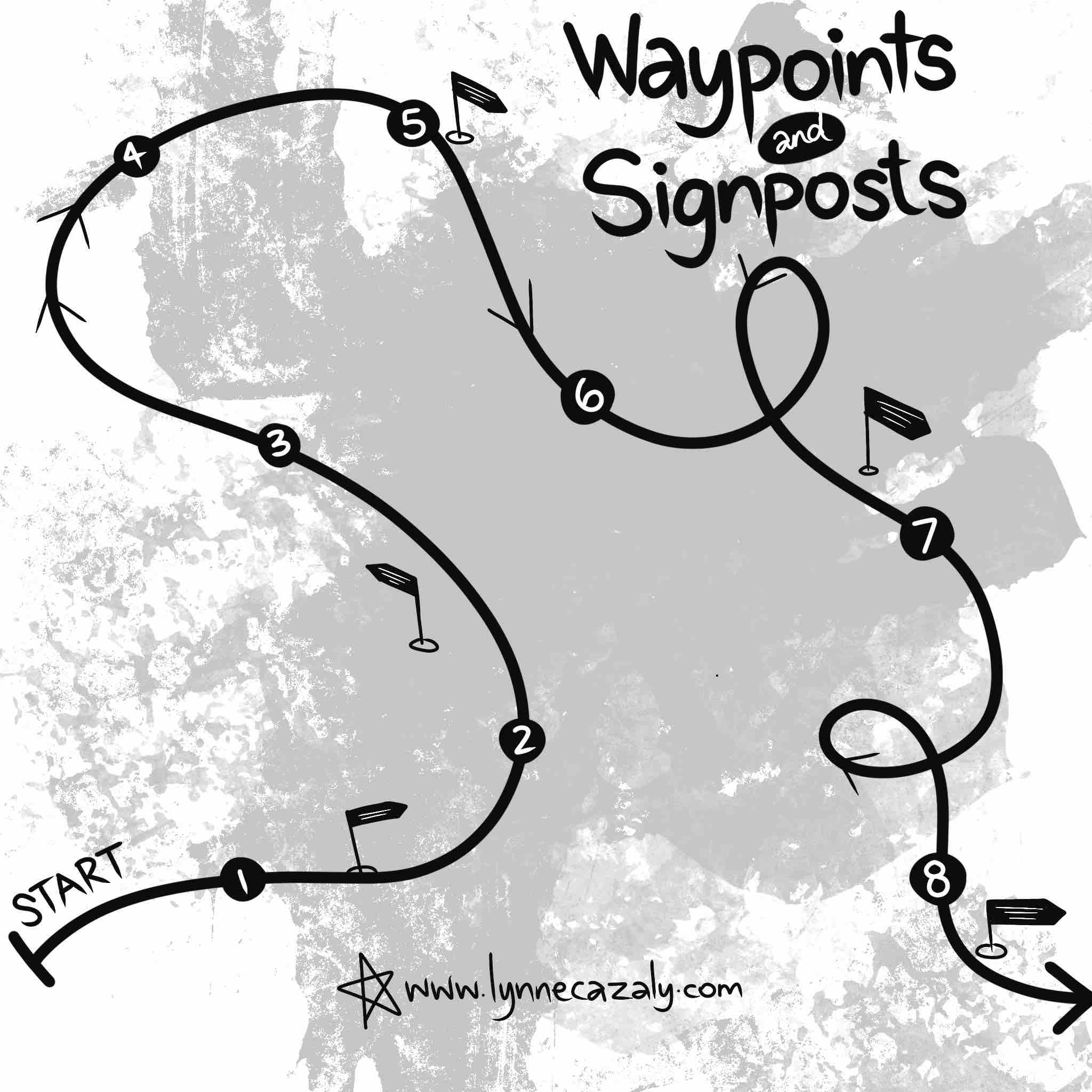How to work a little more creatively
 Wednesday, October 28, 2020 at 8:08AM
Wednesday, October 28, 2020 at 8:08AM 
Storyboards are powerful thinking and communication tools in films and advertising ... and we can use them too.
Just as film creatives map out the proposed scenes of a movie, we can be story boarders too!
A creative tool I use often with teams to think and work more creatively is storyboarding.
Six cells or scenes are a starting point or a summary of a bigger and deeper story.
🔲 Capture one point or theme per cell.
🔲 Use a storyboard to take notes.
🔲 Deliver your presentation or pitch with a storyboard.
Boring notes? Nope.
Boring meeting? Nope.
Boring presentation? Also nope.
We love stories! They hook us in and keep us engaged, curious to what’s coming next.
Our colleagues and clients need us to be a little more creative - not just to hold their engagement and attention but to get to the most creative and effective outcomes we can.
For something more memorable, practical and sensible... storyboard it.




















